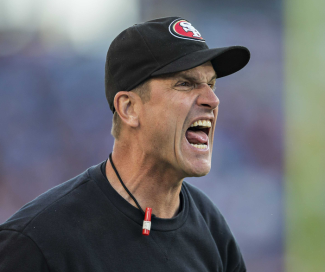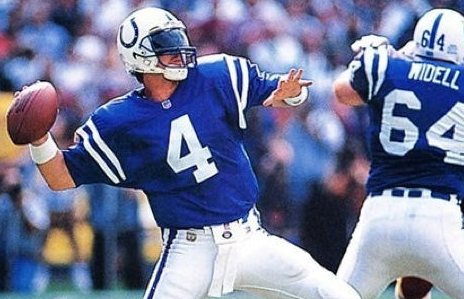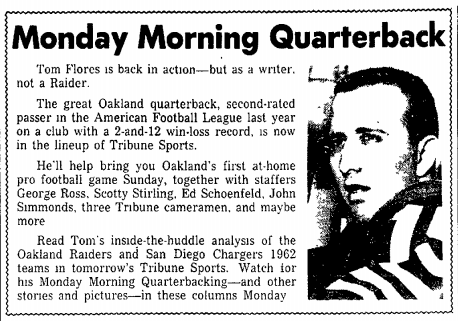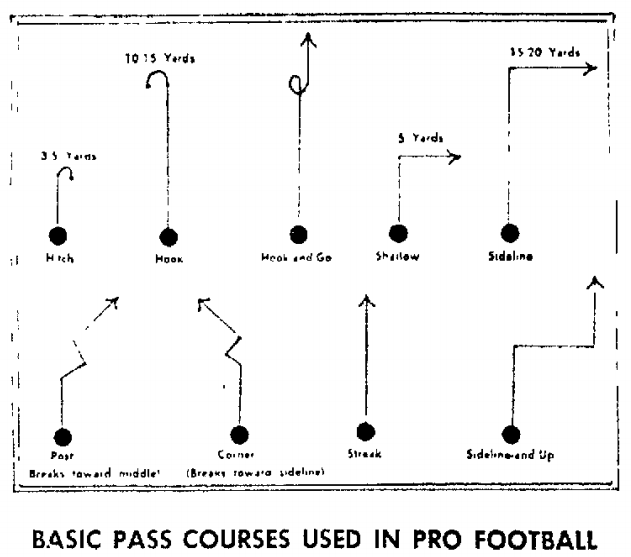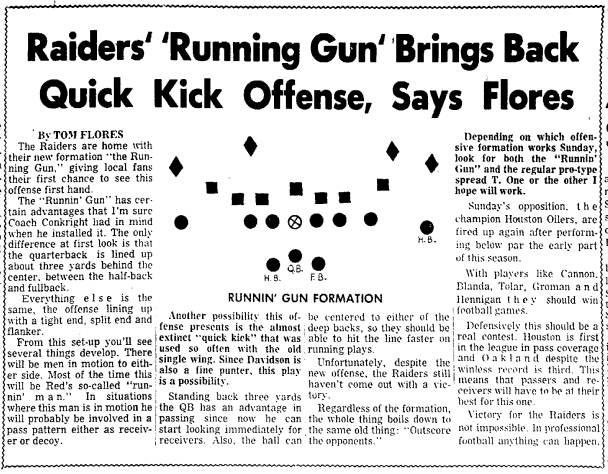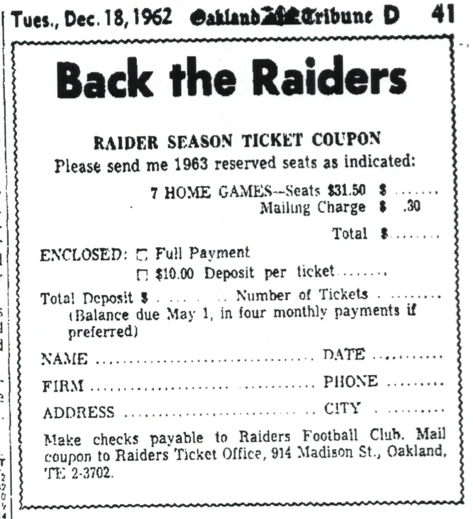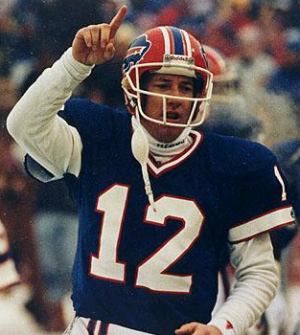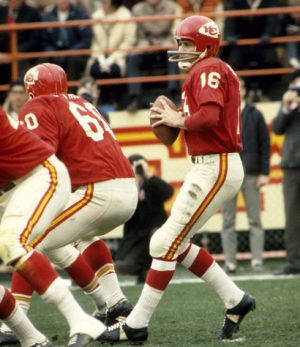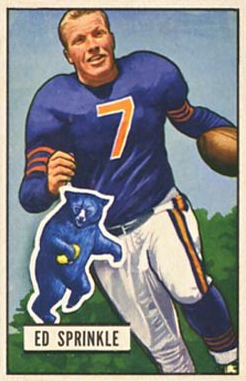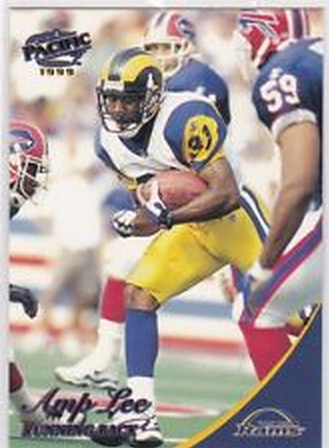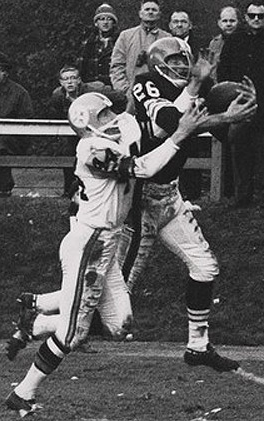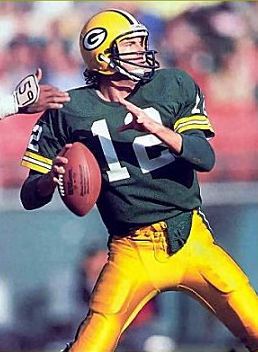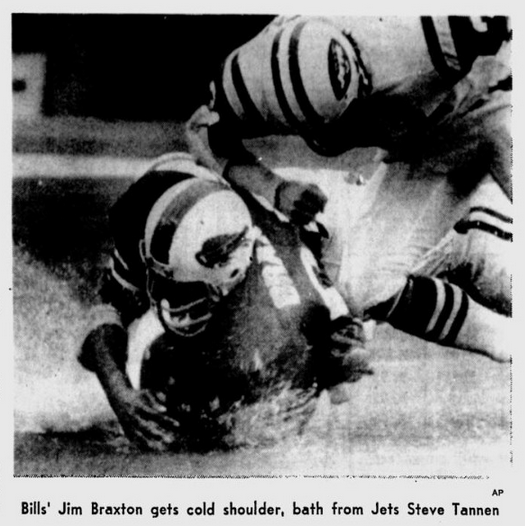The rumblings are getting louder that Jim Harbaugh is on the way out in San Francisco. Jerry Rice is the most recent member of the Niners Family to pipe up. “I have heard some complaints from some players that he likes to try to coach with the collegiate mentality,” the Hall of Fame wideout told Newsday’s Bob Glauber, “and that’s just not going to work in the NFL.”
Boy, that’s a tough crowd in the Bay Area. Harbaugh takes over a team that has missed the playoffs eight years running, guides it to three straight NFC title games and one Super Bowl, and folks are starting to dump on him because (a.) the 49ers are off to a 4-4 start, and (b.) his coaching style is unorthodox by NFL standards.
His “collegiate mentality” has worked just fine up to now — unless you’re going to argue that it was his “collegiate mentality” that caused Kyle Williams to mishandle punts in the 2011
conference championship game, or that it was his “collegiate mentality” that kept his offense from putting the ball in the end zone late in Super Bowl 47, or that it was his “collegiate mentality” that prevented the Niners from winning a fourth consecutive game on the road at the end of last season (formidable Arizona to finish the regular season, then Green Bay, Carolina and Seattle in the playoffs).
Yeah, that “collegiate mentality” is just a killer.
But that’s not the subject of this post. It’s just my way of beginning this post. The subject of this post is: former NFL quarterbacks who become head coaches in the league — and how Harbaugh is one of the few who have experienced much success. Going into Sunday’s game, he’s 45-18-1, postseason included. That’s a .711 winning percentage, far better than most ex-QBs have done.
If there’s anything we’ve learned over the years, it’s that former NFL QBs — despite their inherent genius, sixth sense, Pattonesque leadership ability and whatever other bouquets were tossed their way during their playing days — have no Special Insight into the game. They’re just as capable of turning out losing teams as the next guy, maybe more so.
Check out the regular-season records of the five modern Hall of Fame quarterbacks who have become head coaches in the league:
HALL OF FAME NFL QUARTERBACKS AS HEAD COACHES
[table]
Quarterback\, Played For*,Coached,W-L-T, Pct
Sammy Baugh\, Redskins,1960-61 N.Y Titans\, ’64 Oilers,18-24-0,.429
Bob Waterfield\, Rams,1960-62 Rams,9-24-1,.279
Norm Van Brocklin\, Rams,1961-66 Vikings\, ’68-74 Falcons,66-100-7,.402
Otto Graham\, Browns,1966-68 Redskins,17-22-3,.440
Bart Starr\, Packers,1975-83 Packers,52-76-3,.408
[/table]
*Team he played for longest.
I’ll say it for you: Yikes. Of these five, only Starr coached a club to the playoffs – in the nine-game ’82 strike season.
Lesser-known quarterbacks, it turns out, have done a lot better on the sideline — though, again, none has been Vince Lombardi. Their regular-season records look like this:
HOW OTHER FORMER NFL QUARTERBACKS HAVE FARED AS HEAD COACHES
[table]
Quarterback\, Played For*,Coached,W-L-T, Pct
Jim Harbaugh\, Bears,2011-14 49ers,40-15-1,.723
John Rauch\, N.Y. Bulldogs,1966-68 Raiders\, ’69-70 Bills,40-28-2,.586
Frankie Albert\, 49ers,1956-58 49ers,19-16-1,.542
Jason Garrett\, Cowboys,2010-14 Cowboys,35-30-0,.538
Tom Flores\, Raiders,1979-87 Raiders\, ’92-94 Seahawks,97-87-0,.527
Allie Sherman\, Eagles,1961-68 Giants,57-51-4,.527
Ted Marchibroda\, Steelers,1975-79/’92-95 Colts\,’96-98 Ravens,87-98-1,.470
Gary Kubiak\, Broncos,2006-13 Texans,61-64-0,.488
Sam Wyche\, Bengals,1984-91 Bengals\, ’92-95 Bucs,84-107-0,.440
Harry Gilmer\, Redskins,1965-66 Lions,10-16-2,.393
June Jones\, Falcons,1994-96 Falcons\, ’98 Chargers,22-36-0,.379
Steve Spurrier\, 49ers,2002-03 Redskins,12-20-0,.375
Jim Zorn\, Seahawks,2008-09 Redskins,12-20-0,.375
Kay Stephenson\, Bills,1983-85 Bills,10-26-0,.278
Frank Filchock\, Redskins,1960-61 Broncos,7-20-1,.268
[/table]
*Team he played for longest.
If you want to add the Saints’ Sean Payton (77-43, .642), a replacement quarterback during the ’87 strike, to this list, be my guest. To me, he was a pseudo-NFL QB, but . . . whatever.
Anyway, this group at least has had its moments. Flores won two Super Bowls (1980/’83), Rauch (’67) and Wyche (’88) led teams to the Super Bowl, Sherman’s Giants went to three straight NFL title games (1961-63) and Marchibroda came within a Hail Mary of getting to the Super Bowl with the ’95 Colts (with — you’ve gotta love this — Harbaugh throwing the pass).
Obviously, this is a small sample size. Most former NFL quarterbacks, after all, don’t become coaches, don’t want to deal with the aggravation. They’d much rather pontificate about the game from a broadcast booth or TV studio — or cash in on their celebrity in the business world. And who’s to say that doesn’t make them smarter than the ones who so willingly hurl themselves back into the arena?
Still, Harbaugh, “collegiate mentality” and all, might be the best the league has seen. Does anybody really think, if he leaves the 49ers after this season to coach at his alma mater, Michigan, that pro football will be better for it?
Source: pro-football-reference.com

